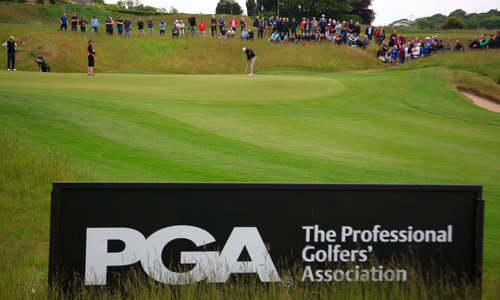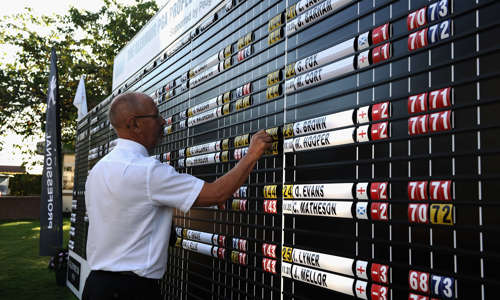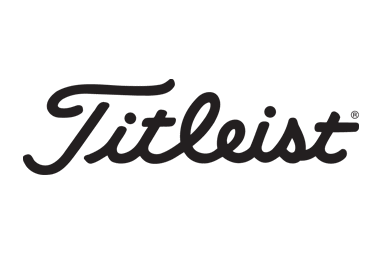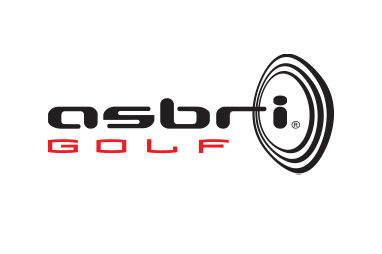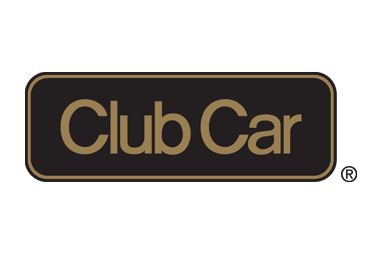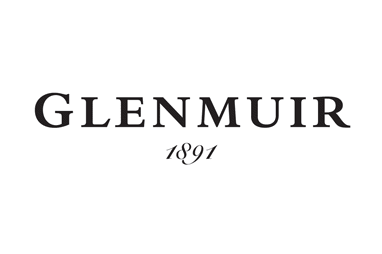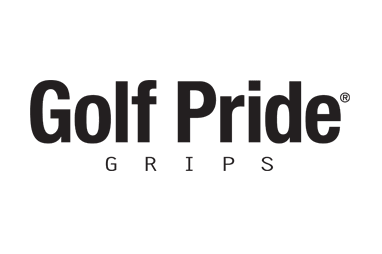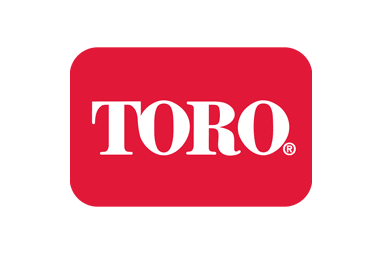The Basics
If your shop is not clean then I’m afraid it is not appealing to anyone – who would want to buy products from a shop that is dirty? How would you feel if you walked into John Lewis to buy a television, and you watched them blow the dust off it before giving it to you? Or Next for a shirt and they had to wipe the dust off the collar before handing it over?
Check the dusting and make sure there are no dead flies on the windowsill. Run the vacuum and dusting cloth around at the end of every day.
While we’re talking about cleanliness, let’s discuss cardboard boxes, which should never be seen on the shop floor. There’s an old saying that we like and that is: ‘If you can’t sell it, it shouldn’t be on the shop floor.’
High-quality point-of-sale (POS) materials can significantly impact sales. A colourful, well-designed poster – like the one here created using TGI Golf’s free MyMarketing HUB – draws attention to products.
Make sure posters are kept up to date. Still displaying promotions for events that have already passed? It’s time to take them down.
Tired or damaged signage – dog-eared strut cards, cracked holders or weather-worn posters – needs to go. Anything that doesn’t look 100 per cent professional should not be on display.
Posters should always be in a frame or an acrylic holder. Paper taped to the wall is a big no-no. You won’t see that in any high street store.




